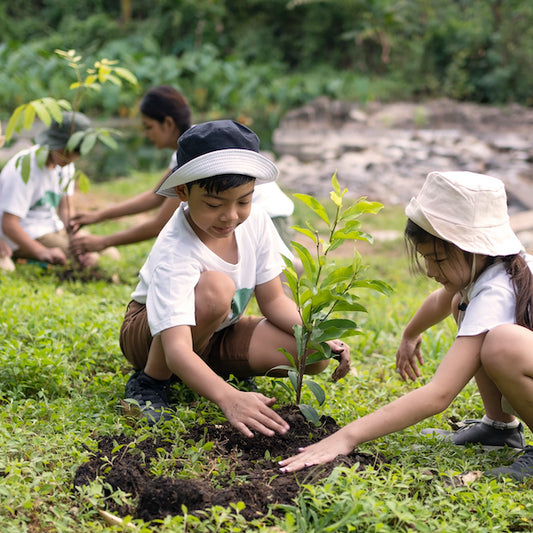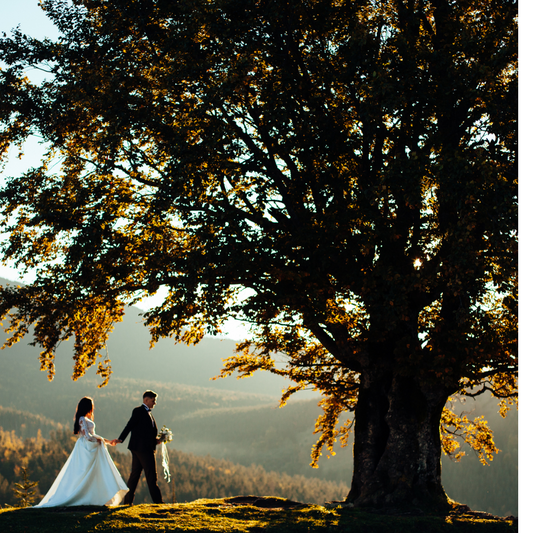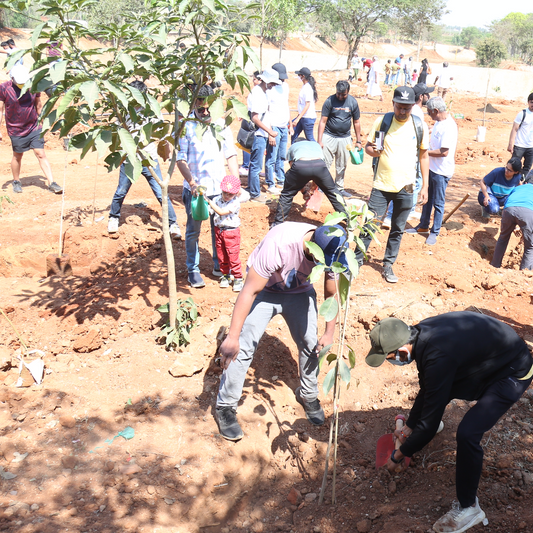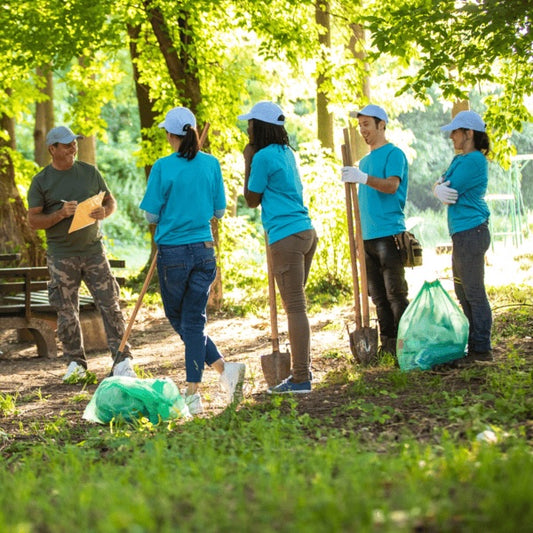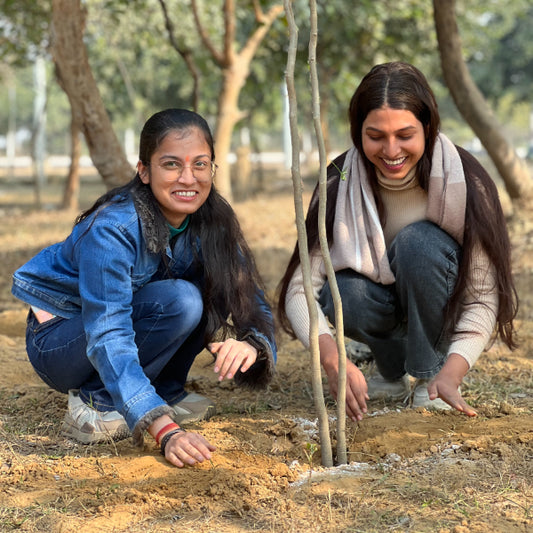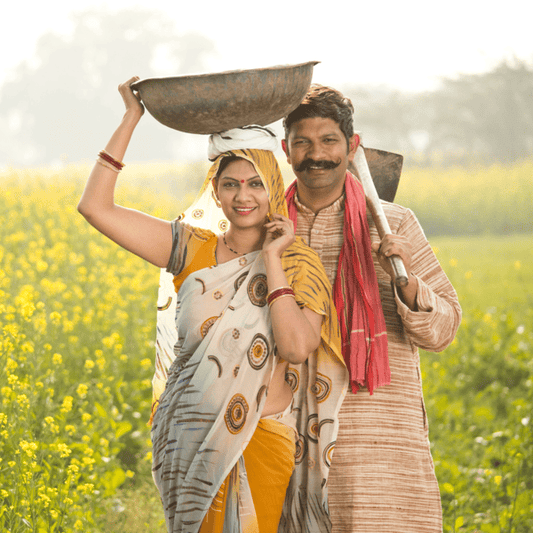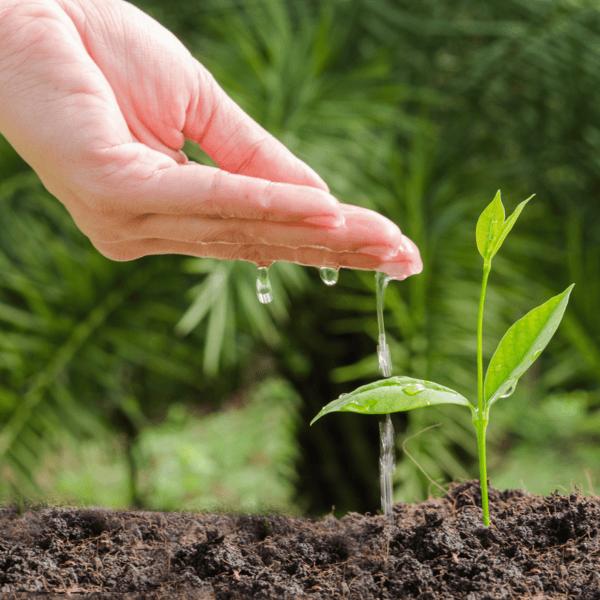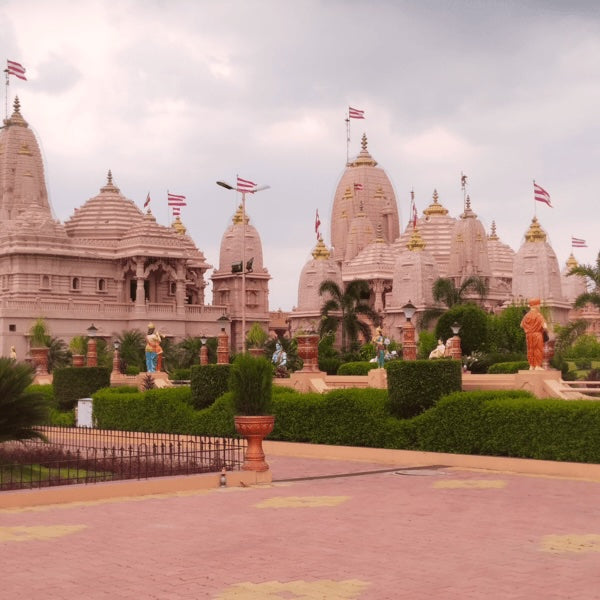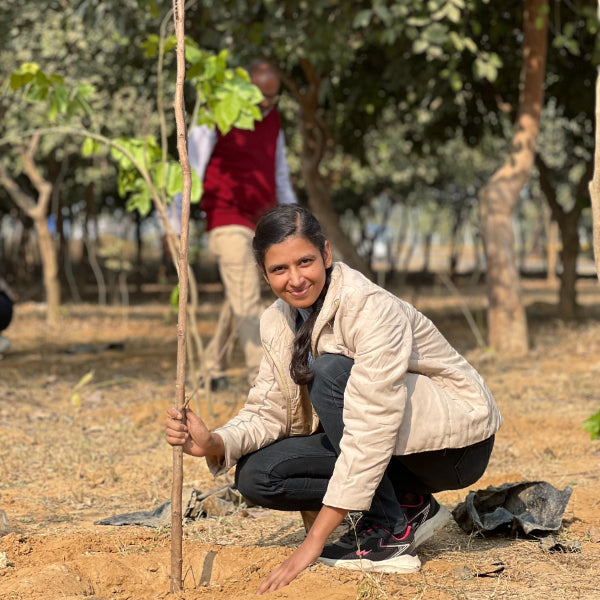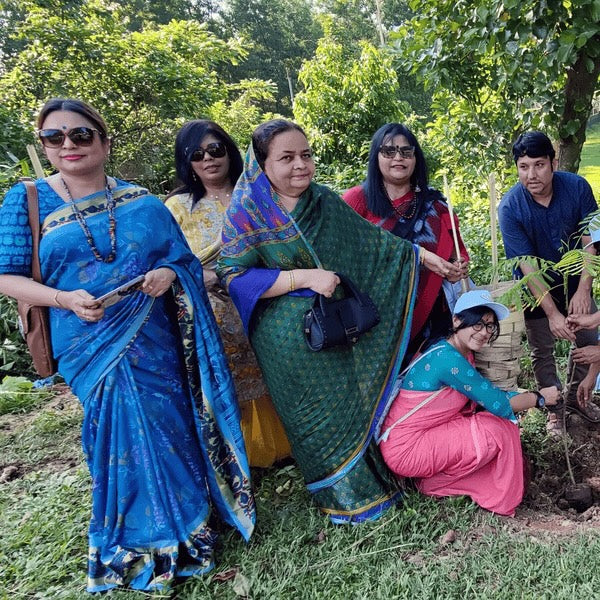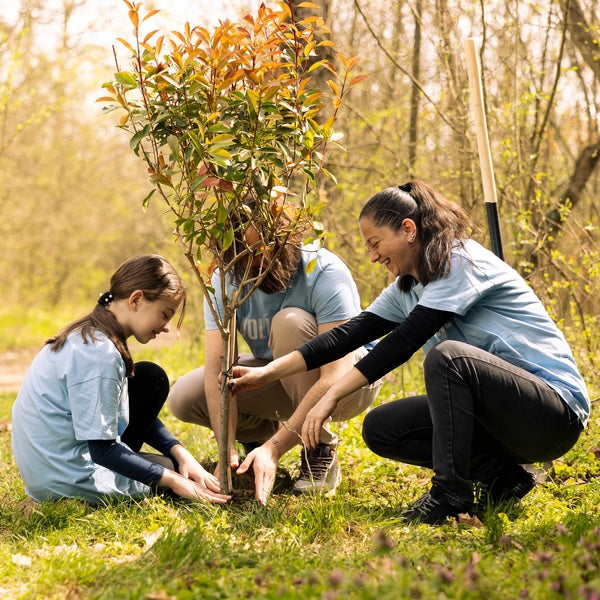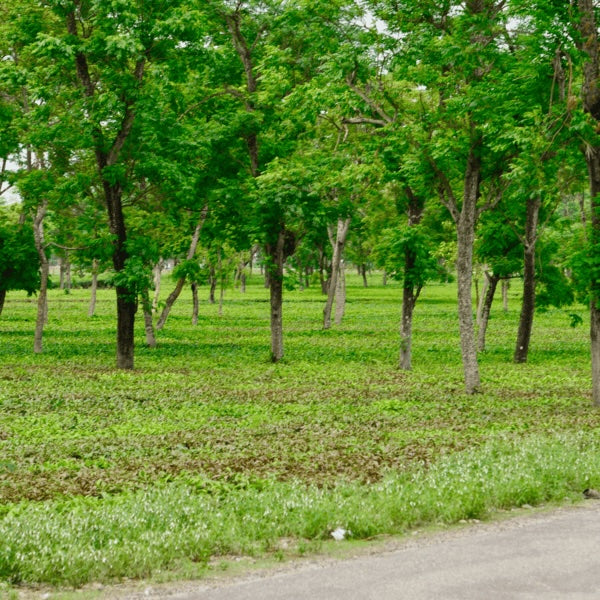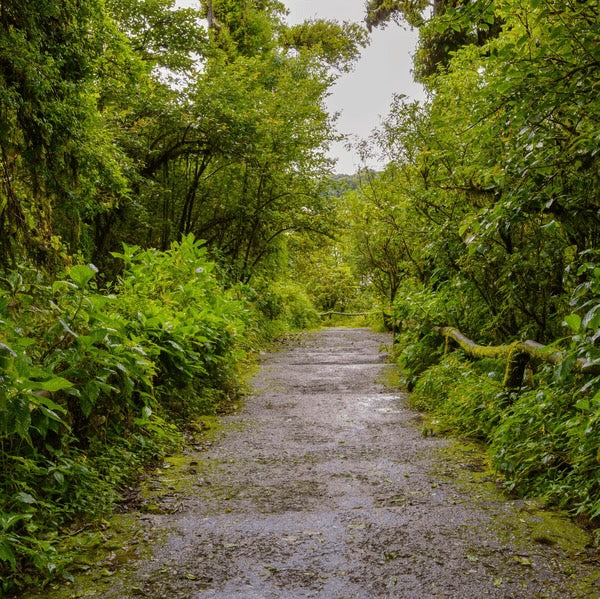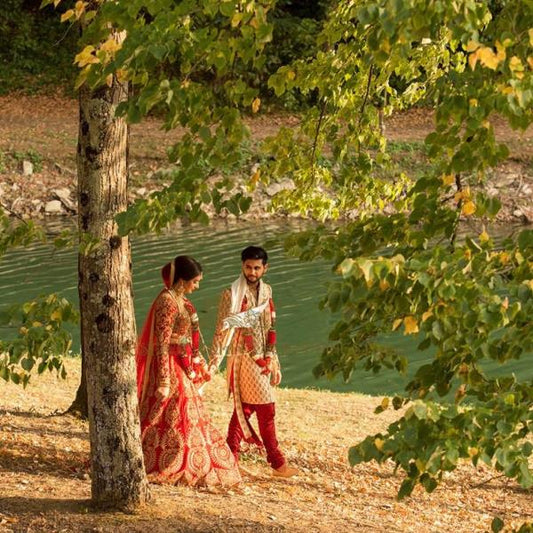

The Rudraksha tree, scientifically known as Elaeocarpus ganitrus, is deeply embedded in India’s spiritual and ecological roots. Beyond its beads, it symbolizes divine protection and spiritual awakening. This tree has captivated pilgrims, botanists, a Read more
Trending
Trees for Corporates
Rudraksha Tree: The Spiritual Powerhouse of Lord Shiva’s Beads
The Rudraksha tree, scientifically known as Elaeocarpus ganitrus, is deeply embedded in India’s spiritual and ecological roots. Beyond its beads, it symbolizes divine protection and spiritual awakening.
This tree has captivated pilgrims, botanists, and tourists alike who travel to witness its sacred presence in regions where it thrives. In this blog, we explore its mythological origins, rare tourist destinations where it grows, and how preserving it is essential for both spirituality and sustainability. 🌱
Mythological Origins of Rudraksha 🌌
According to ancient Hindu mythology, Rudraksha originated when Lord Shiva meditated for thousands of years for the welfare of humanity. Upon opening his eyes, his divine tears fell to the earth and sprouted as Rudraksha trees. These beads are thus considered "Shiva's gift" and are believed to hold his consciousness and energy.
The Shiva Purana describes that each mukhi (face) of a Rudraksha bead is associated with different deities and cosmic elements. For example, the one-mukhi bead represents Shiva himself, while the five-mukhi bead is aligned with the five elements of nature and is the most commonly used for spiritual practices.
Spiritual Tourism and Sacred Rudraksha Destinations 🧳
Travelers and devotees often embark on spiritual journeys specifically to see and meditate under Rudraksha trees. These sites are revered for their divine energy and cultural heritage:
- Rudraksha Van in Haridwar, Uttarakhand: Located near the Neelkanth Mahadev Temple, this grove of Rudraksha trees is a hidden gem visited by Shiva devotees. Pilgrims come to meditate under the trees and collect naturally fallen beads, believing they are charged with Shiva’s blessings.
- Rudraksha Forest near Chardham Route: On the way to Gangotri and Yamunotri, patches of wild Rudraksha trees can be spotted. Trekkers and pilgrims often stop here to offer prayers or collect soil and leaves as sacred souvenirs from the Himalayas.
- Kalimpong, West Bengal: Known for its natural biodiversity, Kalimpong is one of the few places where Rudraksha trees grow natively. Guided eco-tours take visitors to plantations where they can observe the tree’s growth cycle and learn the spiritual science behind mukhis.
- Sikkim’s Siddheswara Dham: Along with replicas of sacred shrines, this complex features Rudraksha trees planted for meditation and offering. Visitors walk through a spiritual trail lined with these trees, chanting mantras with every step.
- Nepal’s Bhojpur District (Popular among Indian pilgrims): Though across the border, many Indians visit Bhojpur where Rudraksha trees grow naturally in the wild. Local villagers guide spiritual tourists to ancient trees and help them identify authentic mukhi beads freshly fallen from branches.
In all these places, tourists aren't just visitors—they are pilgrims. These journeys often involve rituals like:
- Silent meditation beneath Rudraksha trees to absorb their energy.
- Offering water and bilva leaves to the tree base, just like to a Shiva Lingam.
- Participating in local Rudraksha bead sanctification ceremonies, where beads are purified and energized before use in malas or for wearing.
Rudraksha Tree Cultivation and Ecological Role 🌿
The Rudraksha tree contributes not just spiritually, but also ecologically. Its dense foliage helps conserve soil and shelter biodiversity, especially in the Himalayan foothills. Preservation efforts are focused on eco-tourism models where local communities benefit economically while safeguarding this sacred species.
How to Grow Rudraksha Trees in Sacred Groves 🌱
- Source certified sacred seeds: Sourced from aged trees near spiritual sites like Haridwar, Rishikesh, or Kalimpong.
- Create a spiritual microhabitat: Plant near temples, yoga centers, or natural meditation retreats. Surround with protective plants like Tulsi and Bilva.
- Encourage mindful watering and rituals: Include Rudraksha trees in community gardens where watering is accompanied by mantra chanting to keep the spiritual connection alive.
Join the "Grow Billion Trees" Campaign 🌳
Haatopia and Grow Billion Trees are on a mission to reintroduce sacred trees like Rudraksha in regions where they once flourished. This isn’t just reforestation—it’s a revival of India’s spiritual ecology. 🌿
- Adopt a Rudraksha Tree: Sponsor plantations in Uttarakhand or Sikkim where your tree will be part of a spiritual grove and open for public meditation visits.
- Volunteer in Sacred Forest Projects: Help document, map, and conserve heritage Rudraksha trees in pilgrimage zones.
- Gift a Tree with a Purpose: Send someone a Rudraksha sapling as a spiritual and eco-friendly gesture. Perfect for birthdays, anniversaries, or as a memorial planting.
Conclusion 🕉️
The Rudraksha tree is more than a spiritual icon—it’s a living link between humanity and the divine. Pilgrims walk miles to sit beneath its branches, not to escape the world, but to become more attuned to it. By planting, preserving, and visiting these trees, we reconnect with nature and the cosmic rhythm it carries.
Let us not only wear Rudraksha beads but also walk the sacred path of planting Rudraksha trees. Join us in creating sanctuaries across India where devotion meets ecology—one tree, one mantra, one step at a time. 🌳🙏
You may also like
Corporate Plantations
Rudraksha Meaning
Not just a fancy bead from Shiva’s jewelry box, Rudraksha literally translates to "the tears of Rudra (Shiva)." These sacred seeds aren’t just for spiritual show-offs—they’re believed to pack cosmic energy, calm your mind, and boost meditation powers. If you think it’s just a fashion statement, think again. Wearing Rudraksha is like wearing Wi-Fi to the divine. It's your one-way ticket to peace, balance, and maybe even enlightenment (or at least better focus). From monks to boardrooms, everyone wants that calm confidence—and Rudraksha delivers, with some spiritual swag.
Types of Rudraksha Beads
From the single-faced Ek Mukhi to the many-mouthed Gauri Shankar, Rudraksha beads come in all divine flavors. Each type has a unique spiritual "vibe"—some attract wealth, others enhance health, and a few might just unlock cosmic codes (okay, maybe not literally). But hey, with 21 known types, there's a Rudraksha for every life problem and zodiac sign. It’s like a spiritual toolkit, minus the manual. If you're picky about your vibes, choose your Mukhi wisely—because not all spiritual bling is created equal.
Rudraksha Tree Identification
Spotting a Rudraksha tree isn’t like playing ‘Where’s Waldo?’—but you’ll need a keen eye. This spiritual giant boasts large, broad leaves, light blue berries (yep, that’s the bead in disguise), and grows tall like it's reaching for Shiva himself. Native to the Himalayan foothills but now hanging out in parts of South India too, it prefers high altitudes and cooler vibes. The trunk’s got a textured bark—kind of like nature’s fingerprint. If you stumble upon one, treat it with respect; it’s not just a tree, it’s practically a sage in bark form.
Rudraksha Tree Benefits
This isn’t just any old tree growing in your backyard—it’s a leafy legend with benefits galore. Medicinal? Check. Spiritual aura booster? Double check. From cooling the body to calming the mind, the Rudraksha tree is like your wellness buddy who’s also deeply into yoga and healing. The leaves are antibacterial, the beads are powerful, and the roots even have therapeutic uses. It’s like the Swiss army knife of spiritual flora—always ready to detox your soul and maybe even your skin.
Spiritual Significance of Rudraksha
These beads didn’t get Shiva’s stamp of approval for nothing. Wearing Rudraksha is said to align your chakras, protect against negativity, and elevate your meditation game from "meh" to "mystical." It’s spiritual armor in seed form—warding off stress, bad vibes, and maybe even your annoying boss’s energy. Devotees believe Rudraksha helps in awakening higher consciousness and establishing a divine connection. So if your spiritual Wi-Fi is weak, try syncing up with these power-packed tear-drops of the cosmos.
Rudraksha and Astrology
Forget birthstones—real celestial style comes from Rudraksha. Different "Mukhi" counts are matched to planets in your horoscope like some cosmic Tinder. Trouble with Shani? Try a 7 Mukhi. Mercury messing with your communication? There's a bead for that. These beads are astrologically aligned to balance planetary energies and bring you back from the chaos spiral. So next time your stars misbehave, don’t blame Mercury retrograde—just bead up like a boss.
How to Wear Rudraksha
First things first—Rudraksha isn’t just a bead, it’s a ritual. Don’t toss it on like a bracelet from the flea market. These seeds require respect. Cleanse with holy water, energize with mantras, and wear it on a Monday (Lord Shiva’s fav day). Avoid meat, alcohol, and negativity—Rudraksha’s allergic to bad vibes. Wear it as a mala, bracelet, or even just keep it close. Think of it like wearing a sacred battery—only, this one charges you.
Where Rudraksha Trees Grow
If trees had a spiritual GPS, Rudraksha would ping mostly around the Himalayas, Nepal, Indonesia, and some lucky Indian states like Uttarakhand and Karnataka. They love a bit of chill in the air and well-drained soil—think mountain monk vibes. While they’ve also migrated to warmer southern parts, their spiritual roots still run deep in cool climates. So, if you’re planning a Rudraksha tree-hunt, trade your flip-flops for trekking boots.
Mythology of Rudraksha
Legend has it Rudraksha was born from Shiva’s divine tears after a cosmic meditation session. Yeah, even gods get emotional sometimes. These aren’t just beads—they’re sacred relics of devotion, strength, and divine power. Mythology says each Mukhi has its own story and superpower, from granting wisdom to calming fierce gods. So, next time someone says Rudraksha is just a seed, hit them with some mythology—and a little spiritual sass.
Rudraksha in Ayurveda
Ayurveda calls Rudraksha the overachiever of the herbal world. From treating heart disorders to reducing hypertension, it’s the OG chill pill with roots in ancient medicine. Powdered beads and bark decoctions are used to heal anything from fevers to epilepsy. Sounds wild? Maybe. But remember, nature was making remedies way before pharma jumped in. If your wellness routine needs a sacred upgrade, Rudraksha’s ready to roll.
How to Identify Original Rudraksha
Fake beads are a real buzzkill. Spotting the real deal requires Sherlock-level inspection. Genuine Rudraksha beads sink in water, have naturally formed Mukhis (lines), and show no signs of tampering. Burn tests and X-rays are also a thing—but maybe leave that to the experts. For everyday seekers, stick to trusted sellers and use your intuition. If it looks too polished, it's probably lying about its spiritual résumé.
Rudraksha Tree Cultivation
Growing a Rudraksha tree? Congrats—you’ve just signed up for spiritual gardening! These trees love humidity, rich soil, and patience. Lots of patience. They take about 7-10 years to bear fruit, but hey, good karma takes time. Sow the seed, bless it (optional but cool), water with care, and protect it like a leafy guru. Cultivating one is like raising a divine child—low drama, high dharma.
FAQ
What is a Rudraksha tree?
– It’s the magical tree that drops Lord Shiva’s favorite beads! Scientifically called Elaeocarpus ganitrus, it grows mostly in the Himalayan region and Southeast Asia. From its blue berries come Rudraksha beads, worn for peace, focus, and divine vibes. Basically, it’s nature’s wearable blessing straight from Shiva’s own backyard.
Why is the Rudraksha tree considered sacred?
– Because it’s got serious celestial clout! Legend says Rudraksha trees grew from Shiva’s tears after a deep meditation. That makes them more than just flora—they’re spiritual powerhouses with built-in soul Wi-Fi. Saints, yogis, and seekers swear by its aura for spiritual upliftment and inner peace.
Where can I find Rudraksha trees in India?
Keep your eyes peeled for the leafy VIPs producing those powerful beads you see on every spiritual influencer.
Are Rudraksha beads actually from the Rudraksha tree?
– Absolutely, and they’re not just any fruit. The beads are the dried seeds inside the tree’s bright blue berries. Once dried and cleaned, these become the iconic Rudraksha beads worn for meditation, protection, and cosmic swagger. It’s like wearing a portable Shiva energy source on your chest!
Do Rudraksha beads have scientific backing?
– Yep, even science nods in approval! Studies suggest Rudraksha beads emit electromagnetic properties that may influence the human biofield. Translation: they might help reduce stress, blood pressure, and anxiety. So while you’re vibing with Shiva, your body’s vibing with balance.
Can I plant a Rudraksha tree at home?
– If you live in a warm, humid zone—go for it! These trees need space, patience, and a bit of tropical love. They take about 7–10 years to bear fruit, but hey, planting divine karma is never rushed. Plus, who wouldn’t want a spiritual tree in the backyard
How long does a Rudraksha tree live?
– Think of it as the Gandalf of trees—wise and long-living! A healthy Rudraksha tree can live for over 100 years. That’s a century of sacred bead production and spiritual energy flowing through its roots. If only trees could give spiritual advice, right
What makes each Rudraksha bead unique?
That’s a 1-mukhi. It’s like a celestial personality quiz—but way cooler and older.
Are Rudraksha beads only for Hindus?
– Nope, Shiva doesn’t gatekeep! Rudraksha beads are universal spiritual tools. Buddhists, yogis, meditators, and even the spiritually curious from all walks of life use them. These beads don’t ask for your religion—they just work on your frequency. All faiths, one beat.
Do all Rudraksha trees produce the same kind of beads?
– Not quite. While all Rudraksha trees produce the classic seed, the number of mukhis on each bead varies. One tree can offer several types, depending on factors like soil, climate, and its own tree-ish mood. Think of it as nature’s spiritual loot box.
Is there a tourist spot to see Rudraksha trees?
– Totally! Visit Jageshwar in Uttarakhand, where the forests are dotted with Rudraksha trees and ancient Shiva temples. It’s a mystical combo—nature walk meets spiritual retreat. Bonus: you might even spot a bead in the wild, but don’t go full Indiana Jones in temple zones.
Why are Rudraksha trees important today?
Count us in.
Most Popular
Connect with us
-
👥 Corporates
If you are looking for:
- 🌲 Tree Plantation Events
- 📊 CSR Projects
📧 corporate@growbilliontrees.com
📞 +91 9699723523
💬 +91 9370599291 WhatsApp (Only)
🕒 Mon - Sat | 10am - 7pm IST
-
🧩 Tree Plantation NGOs
If you are looking for:
- 💰 Financial Assistance
- 🤝 Operational Support
📧 support@growbilliontrees.com
📞 +91 9699723523
💬 +91 9370599291 WhatsApp (Only)
🕒 Mon - Sat | 10am - 7pm IST
-
🌼 Individuals
If you are looking for:
- 👥 Group Tree Plantation Drive
- 🌳 Bulk Tree Plantation
📞 +91 9699723523
💬 +91 9370599291 WhatsApp (Only)
🕒 Mon - Sat | 10am - 7pm IST




